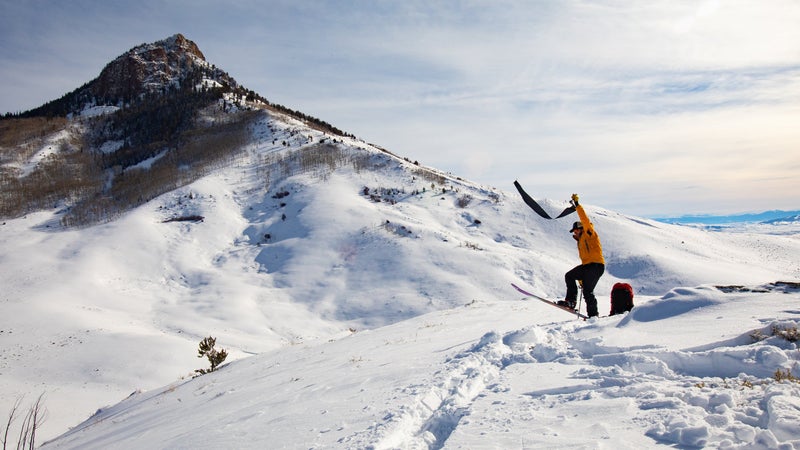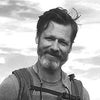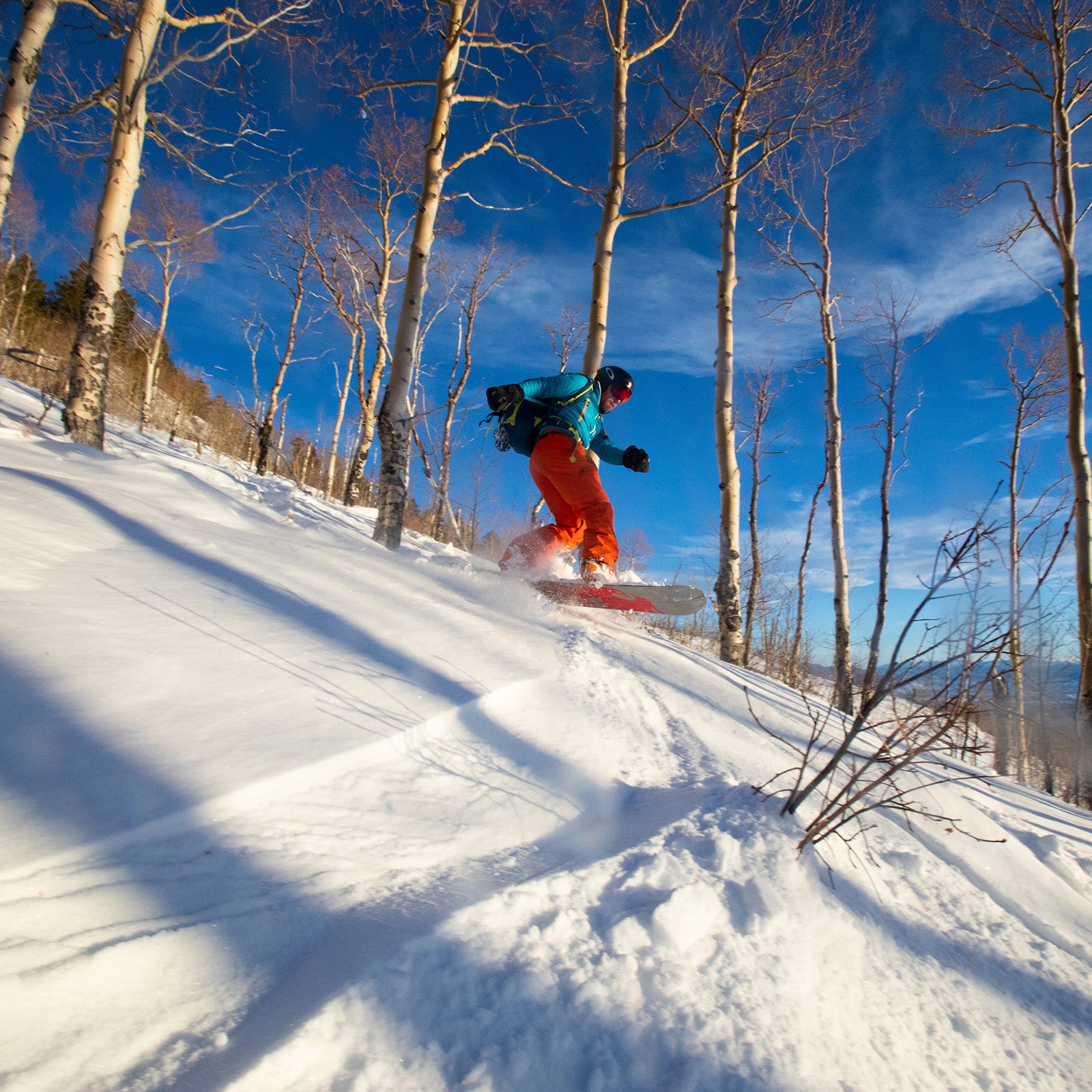╠řis set to open in Colorado╠řnext month with 1,500 acres on Peak Ranch, near Steamboat Springs, plus╠řa lodge, warming huts, gear rentals, and ski patrol. But instead of a chairlift, dedicated skin tracks will lead skiers to open meadows and aspen glades. When it debuts╠řfor a trial month╠řstarting╠řFebruary 15, Bluebird will be the first human-powered, downhill-focused ski resort in North America, giving people an opportunity to explore the sport╠řin a safe and accessible location.
The concept has been around for some years, with cross-country resorts like ╠řin West Virginia and ╠řin California offering fun downhill routes but geared toward touring with more rolling terrain and up-down trails. Other resorts, like ╠řin Michigan, run a cat on the backcountry side of its mountain. Bluebird will stand out with its focus on big verticals and human-powered ascents. Here, youÔÇÖll have to climb to earn your turns.╠ř
ÔÇťBackcountry skiing is intimidating,ÔÇŁ says Erik Lambert, who founded Bluebird with Jeff Woodward. ÔÇťItÔÇÖs dangerous, itÔÇÖs expensive, and it has a tight subculture that can be hard to break into. There arenÔÇÖt a lot of obvious gateways into the sport, so Bluebird is designed to break down those barriers and give skiers a chance to experience and learn in a welcoming environment.ÔÇŁ
The resort will be tailored to skiers who are new to the backcountry, with on-site rentals and lessons, but the terrain and concept should also appeal to experienced backcountry╠řenthusiasts who are looking for quality turns in a low-risk environment. Lambert and Woodward used climbing gyms, which serve as a gathering place for climbers, as their model when developing the Bluebird concept.╠ř
ÔÇťClimbing is a lot like backcountry skiing,ÔÇŁ Woodward says. ÔÇťItÔÇÖs a dangerous sport with a niche subculture that requires a mentor to do it properly. For decades╠řit was hard for beginners to get into climbing, but now climbing gyms serve as a hub for accessing the community and learning the key skills. We want Bluebird to be the same bridge for backcountry skiing.ÔÇŁ╠ř

Bluebird ran two test events╠řlast season in Colorado, one╠řover two weekends at Mosquito Pass near Breckenridge, and another over a weekend at . The trials╠řdrew a combined╠ř200 skiers and splitboarders, most of whom were new to the art of backcountry skiing.╠řLambert and Woodward have╠řleased 1,500 acres on Peak Ranch to run a monthlong test season between February 15 and March 15 (day tickets from $50)╠řbut believe╠řthe ranch will be the ideal permanent location for Bluebird. Roughly 300 acres of the resort, consisting╠řmostly of open meadows and 29-degree aspen glades, will be assessed for avalanche danger daily and open to skiers who want to explore on their own; this area will also feature╠řa set of established skin tracks, each rated for difficulty, and guidelines for safe routes down the mountain. The other╠ř1,200 acres are╠řsteeper and will be accessible via guided trips.
The property also includes╠řWhiteley Peak, a 10,115-foot mountain with 2,200 feet of vertical that Woodward says has a suite of terrain suitable for both beginners and experienced skiers. Maybe most attractive of all, Bluebird will only allow 300 skiers on its property each day, ensuring the wilderness experience and solitude that most skiers seek.╠řWhile all the infrastructure will be complete in time for its╠řopening, Bluebird╠řplans to improve the terrain come next ski season, grading more of the mountain beyond the avalanched-assessed 300 acres.╠ř
ÔÇťThereÔÇÖs no one doing quite what weÔÇÖre doing here,ÔÇŁ Woodward says. ÔÇťWeÔÇÖre taking boundary markings from ski resorts, the community aspect from climbing gyms, weÔÇÖre thinking about education like ski schoolÔÇöweÔÇÖre taking all of these pieces and combining them into something that offers more control and convenience than a traditional backcountry experience. We think people are ready to try something new, get away from the crowds, find better snow, and have a wilderness experience and learn something.ÔÇŁ╠ř


